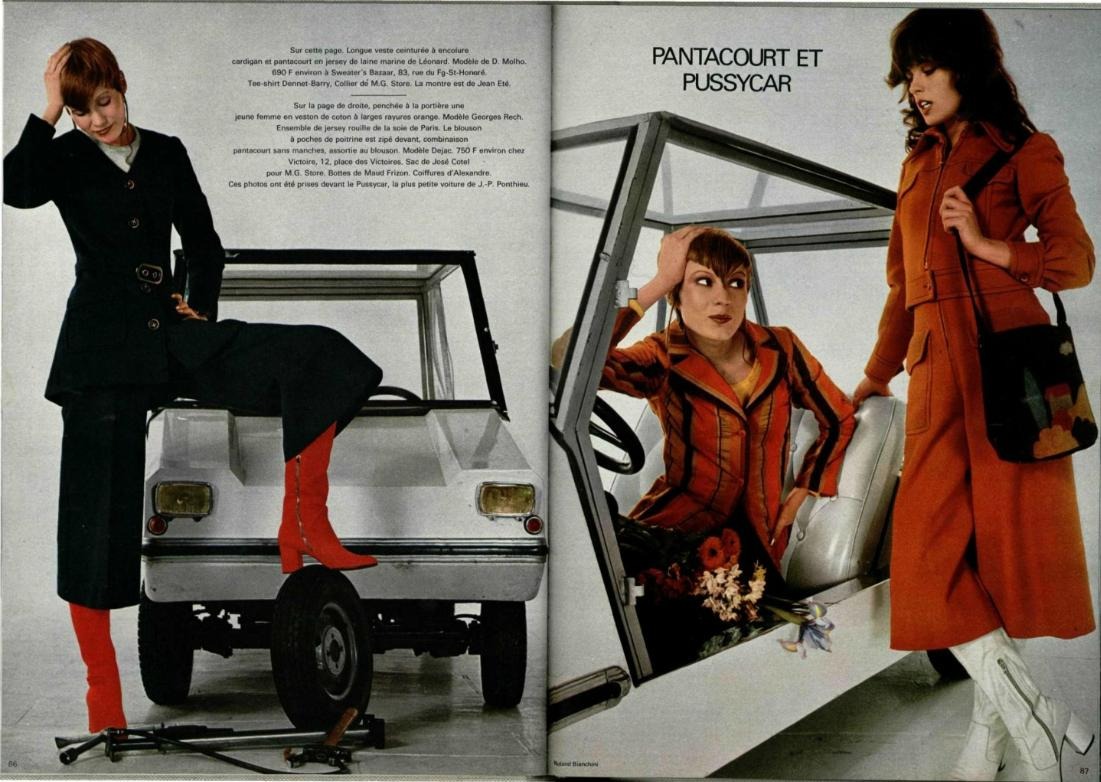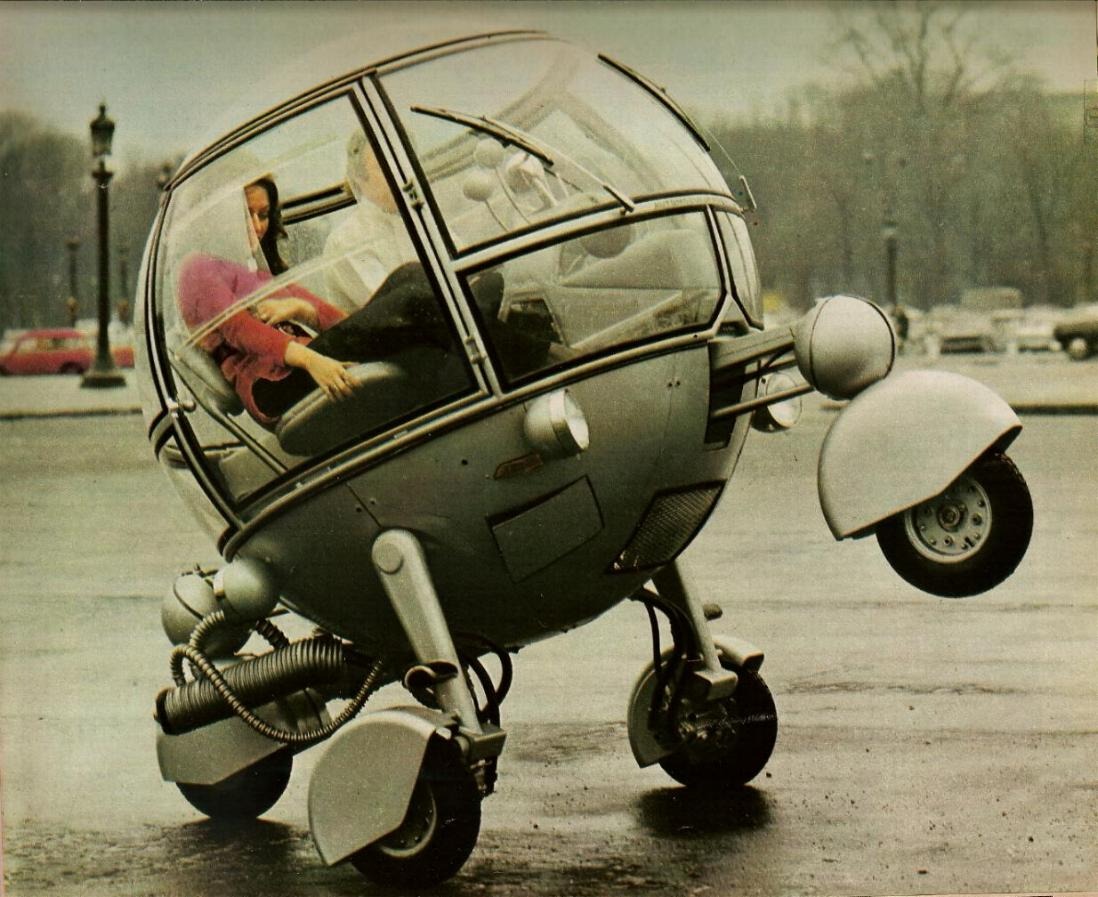The Pussycar: Jean Pierre Ponthieu’s Outrageous Wheelie-Popping Marvel That Took Paris By Storm
In the world of automotive design, few names evoke as much intrigue and eccentricity as Jean Pierre Ponthieu.
A man whose creative genius knew no bounds, Ponthieu introduced the world to one of the most unusual and eye-catching vehicles ever to hit the streets of Paris: the Pussycar.
While the name may raise eyebrows today, back in the 1960s, these small, quirky vehicles were a testament to the spirit of innovation and unconventional thinking that defined Ponthieu’s career.
Let’s take a closer look at this wheelie-popping marvel that once turned heads on Parisian roads.
The birth of the Pussycar

In the mid-1960s, Ponthieu, already known for his eclectic career in fashion, art, and design, decided to venture into the world of car manufacturing. He created over 200 small cars, affectionately (though controversially) named “Pussy Cars.”

These vehicles were designed to be the smallest of the small, a Parisian answer to the popular Mini Cooper. Built mostly from lightweight plastic, the Pussycar was a compact, agile vehicle with a top speed of around 50 km/h.

Its petite size and feather-light weight made it easy to maneuver and even easier to maintain, as it could be lifted by hand if necessary.
The Automodule: A step into the future

But Ponthieu wasn’t content with simply creating a cute, functional city car. In 1968, he introduced a radical new version of the Pussycar that would solidify his reputation as one of the maddest inventors of the 20th century.

This new vehicle, called the Automodule, was a spherical, UFO-like car that could perform wheelies—a feat that no other car could boast at the time.

Powered by a single 250cc engine, the Automodule was not just a car but a statement, a rolling piece of art that challenged the norms of automotive design.

Only ten Automodules were ever produced, but their impact was significant.

The car was named “The Car of the Year 2000,” a nod to its futuristic design, and it became a sensation within the fashion industry, appearing in photo spreads and events around the world.
Ponthieu’s diverse career

Jean Pierre Ponthieu’s creativity was not limited to the automotive world. In fact, his resume reads like something out of a surrealist’s dream.

When he wasn’t designing cars, Ponthieu was a fashion designer, decorator, and artist. He even claimed to have designed the body holster worn by Steve McQueen in the classic film “Bullitt.”

This unusual combination of skills and interests allowed Ponthieu to bring a unique perspective to everything he touched, from cars to clothing.
Among his more extravagant projects were the creation of giant models of King Kong and Godzilla, which he toured around France, and the design of the world’s largest floral wreath to decorate a church visited by Pope John Paul II.

These projects, like the Pussycar and Automodule, were driven by Ponthieu’s relentless desire to create the beautiful and unusual in a world he often found banal.
The legacy of the Pussycar

Today, the Pussycar and its successor, the Automodule, are remembered as symbols of a bygone era when creativity and innovation were at the forefront of automotive design.

Though only a handful of these vehicles were ever made, they left a lasting impression on those who saw them, and they continue to inspire a sense of wonder and curiosity in car enthusiasts around the world.

